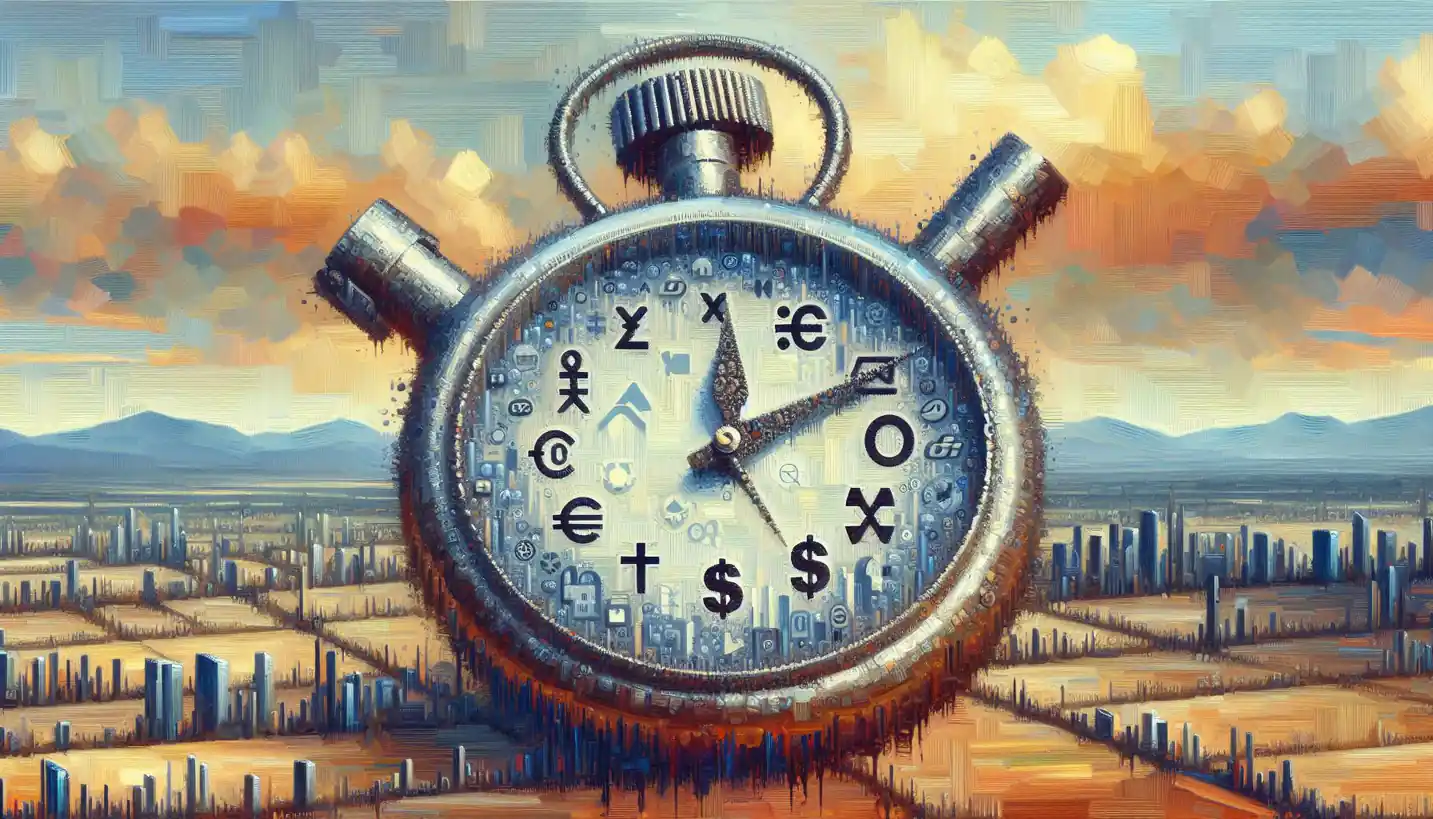· Economics · 5 min read
Capital Account: Untangling the Flow of Money in International Economics
Dive into the capital account to understand the global flow of money. Learn why it's crucial for international investments and economies.

You know, when you think about money crossing borders, it’s not just about buying products or going on vacation overseas. There’s a whole world of financial transactions happening globally that shapes economies. And right at the heart of it all is what’s called the capital account. This might sound like something straight out of an economics textbook, but let’s break it down into simpler bits, like a puzzle piece in the broader economic picture.
The Basics of the Capital Account
First off, let’s talk about what a capital account really is. Imagine countries as a network of friends lending each other stuff. Sometimes it’s lending cash, other times maybe it’s swapping valuable things, but the whole point is that this exchange isn’t about everyday shopping. Instead, it’s about investment and savings.
In international economics, the capital account records a country’s transactions with the rest of the world, specifically those involving investments. It’s part of a larger system called the balance of payments. Picture the balance of payments as a big ledger where countries jot down what they owe and what they earn. While the current account deals with trade in goods and services, the capital account is more like tracking who’s investing in what and where.
Dissecting the Pieces
Think of the capital account like a chest of two main drawers. One is for financial assets and another is for liabilities. Here’s how these work:
Financial Assets
Imagine this as when your country buys assets in another country. Assets can be anything from stocks and bonds to companies and real estate. If a U.S. investor buys shares in a company in Germany, that’s a capital account transaction.
Liabilities
Now, this is when foreign investors acquire assets in your country. If a Japanese company opens a factory in Brazil, it’s the Brazilians writing down a new liability in their capital account because the Japanese are investing there.
Why It’s Crucial
Alright, now you might wonder why any of this matters. Well, it’s fundamental for understanding how money moves globally and what that movement means for economies.
Economic Growth
International investments help countries grow. When foreign money comes in to build factories, set up businesses, or buy real estate, it can stimulate job creation and improve infrastructure. But it’s not just about the money; it’s about the technology and know-how that often tag along.
Exchange Rates
Exchange rates can be a tricky business, and the capital account plays a key role. Big investments also mean someone is buying into a country’s currency, affecting its value on the global stage. If investors are keen on a country’s prospects, they will buy more of its currency, making it stronger.
The Tipping Scales of Global Economics
Let’s think about a seesaw. Global economics often teeters on this delicate balance between inflows and outflows of money. A surplus in the capital account means more money’s coming in than going out, often a positive sign indicating trust in that country’s economic environment. A deficit, however, might suggest more local money is being invested abroad due to perhaps more appealing opportunities or unfavorable conditions at home.
Managing this balance is crucial for policymaking. Too much foreign investment can overheat an economy, while too little might starve it of growth.
Risks and Rewards
Investment isn’t just a simple win-win. There’s also risk involved. Economic instability, political changes, and fluctuations in global markets can affect investors’ confidence. Take a sudden political shift in a country, for instance. Investors might pull out their money quickly, causing a capital flight that can leave a country’s economy struggling to cope.
The Human Element: Stories Behind the Numbers
Let’s pull out an example from recent history. After the 2008 financial crisis, several European countries experienced heightened scrutiny of their capital accounts. Greece, for instance, saw massive capital outflows as investors grew anxious. Understanding these movements is about more than just numbers; it’s about the cultural, political, and social contexts shaping these decisions.
Or take China’s recent forays into global investments. Its Belt and Road Initiative has seen billions of dollars flow into infrastructure projects across the world. This pursuit of global influence has sent China’s capital account on a dynamic trajectory.
What’s Next? The Future of Capital Accounts
What makes global finance ever so interesting is its constant evolution. With new technologies and changing political landscapes, how countries handle their capital accounts will remain a hot topic in international economics.
Cryptocurrencies, for example, are changing how we think about cross-border investments. What happens when investments aren’t just numbers written in ledgers but digital tokens swirling across the internet? And with growing concerns over climate change, sustainable investments are also becoming a bigger piece of this puzzle.
Why You Should Care
At a glance, the capital account seems like an abstract part of economic policy, but it actually influences much that we experience in our daily lives. From the prices we pay for imported goods to the viability of jobs in our local communities, understanding this crucial element can provide clearer insights into how decisions on a national level may affect us all individually.
So next time you hear about international investments and global economic strategies, remember that beneath those statistics lies the capital account, a record of how the world’s economies are intertwined through the flow of capital. It’s not just economic jargon; it’s the story of how countries interact financially and forge their destinies in a global marketplace. And that, indeed, is something worth pondering.


